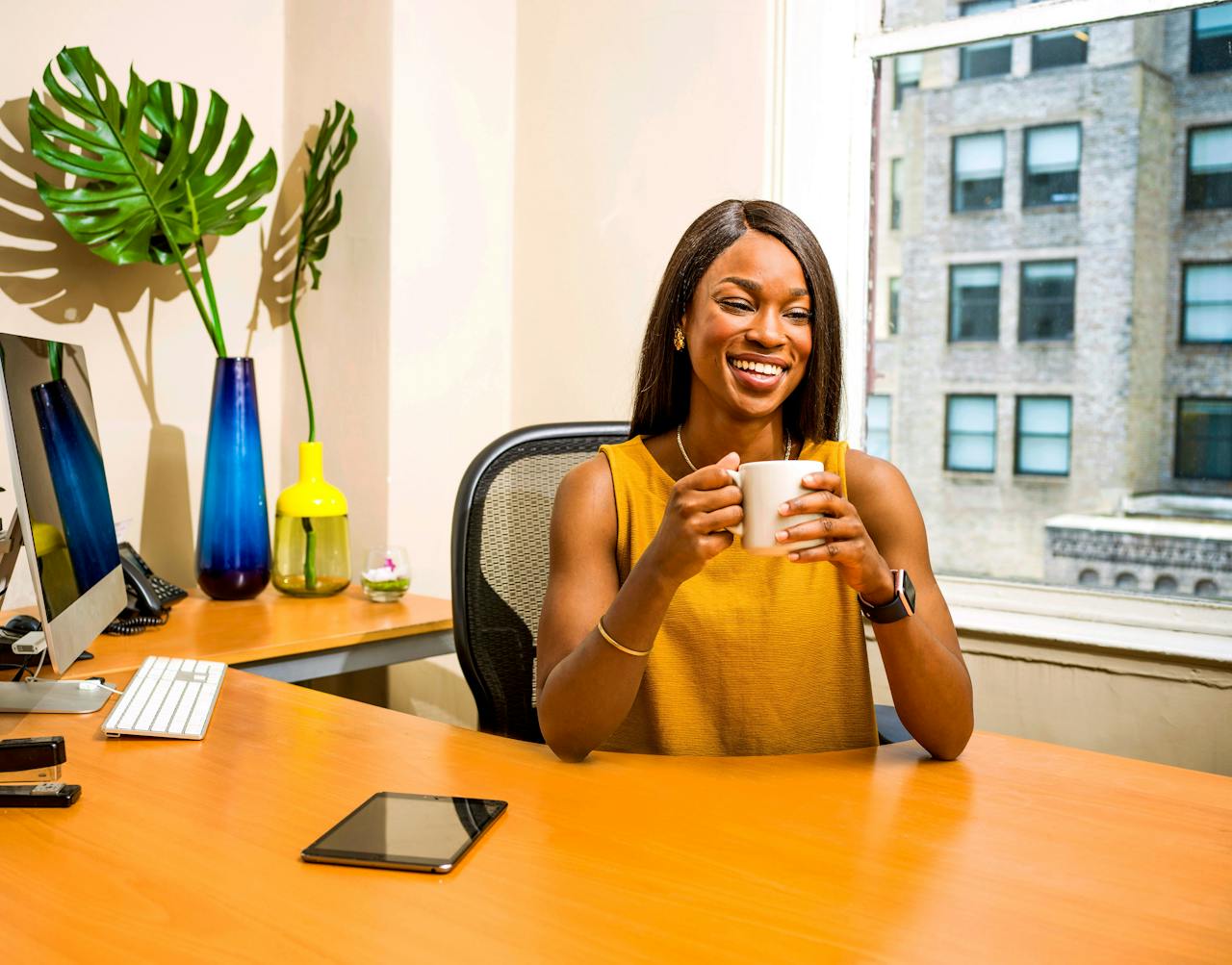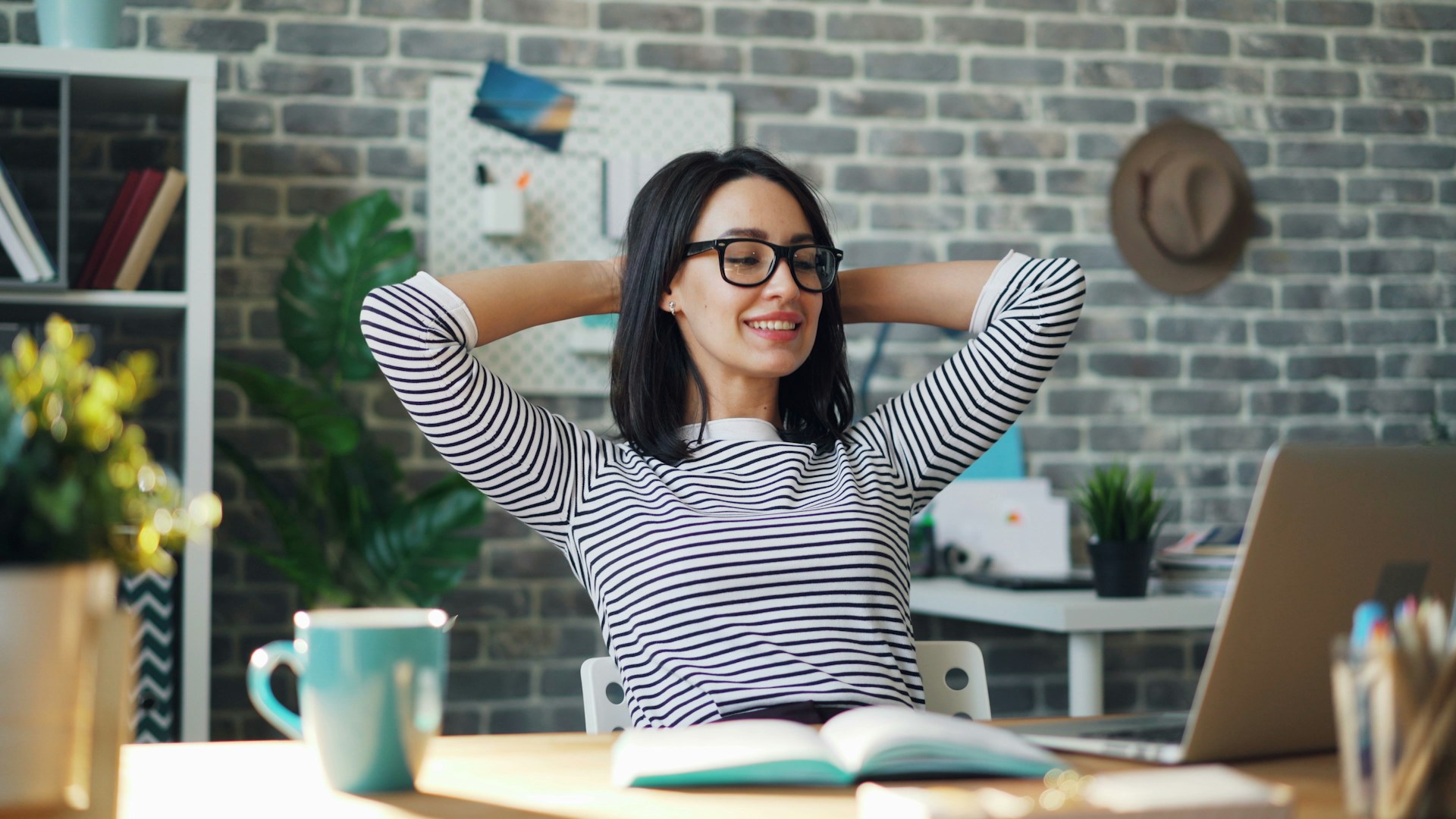The Future of Wellness: Exploring Virtual Health Coaching
In recent years, the wellness industry has experienced a significant transformation, driven by advancements in technology and a growing demand for personalized health solutions. One of the most promising developments in this space is the rise of virtual health coaching. This innovative approach leverages digital platforms to provide accessible, tailored health and wellness guidance, making it easier for individuals to achieve their health goals from the comfort of their homes.
The Rise of Virtual Health Coaches
Virtual health coaches are trained professionals who offer personalized health and wellness collaborative support through online platforms. These coaches help clients set and achieve goals related to fitness, nutrition, mental health, and overall well-being. By utilizing video calls, messaging apps, and digital tracking tools, virtual health coaches can provide continuous support and accountability, ensuring that clients stay on track with their wellness plans.
Health Coach Platforms
The success of virtual health coaching is greatly aided by health coach platforms. These platforms are the backbone of virtual coaching, offering a range of features that enable interaction between coaches and clients. Key functionalities include appointment scheduling, progress tracking, secure communication, and integration with wearable devices. Many platforms also provide digital content, courses, and gamification for clients to use between coaching sessions. Technology has empowered health coaches to deliver effective, personalized care and expanded their reach.
Benefits of Virtual Coaching
Virtual coaching offers numerous benefits over traditional in-person coaching. Clients can now choose a coach anywhere in the world without leaving their home. For the coach virtual appointments don’t require office space and all the expenses that entails. Everyone saves commute time and dollars and the coaches are able to charge lesser rates because of their savings. A classic win, win scenario.
Digital Health Solutions
The integration of digital  health solutions into virtual coaching platforms further enhances the effectiveness of health coaching. Digital tools such as mobile health apps, wearable devices, and telehealth services enable coaches to monitor clients’ progress in real-time and provide timely interventions. These technologies also facilitate data-driven decision-making, allowing coaches to tailor their advice based on accurate, up-to-date information.
health solutions into virtual coaching platforms further enhances the effectiveness of health coaching. Digital tools such as mobile health apps, wearable devices, and telehealth services enable coaches to monitor clients’ progress in real-time and provide timely interventions. These technologies also facilitate data-driven decision-making, allowing coaches to tailor their advice based on accurate, up-to-date information.
Statistical Evidence of Improved Health Outcomes
Numerous studies have demonstrated the effectiveness of virtual health coaching in improving health outcomes. For instance, research has shown that health coaching can significantly improve the management of chronic conditions, enhance patient adherence to treatment plans, and lead to better overall health behaviors[1][2]. A study by the Veterans Affairs Health Services Research & Development Service found that health coaching led to meaningful improvements in clinical health outcomes, including reductions in blood pressure and cholesterol levels[2][3].
The Future of Wellness
As the wellness industry continues to evolve, the role of virtual health coaching is expected to expand. Advances in artificial intelligence and machine learning will likely lead to even more personalized and predictive health coaching solutions. Moreover, the increasing adoption of digital health technologies will enable coaches to offer more comprehensive and holistic care, addressing not only physical health but also mental and emotional well-being [1][2]. In other words, expect more merging of human and technological skills to deliver even better results!
Final Thoughts
The future of wellness is bright, with virtual health coaching poised to play a huge role in helping people achieve their health goals. By leveraging health coach platforms, virtual coaching, and digital health solutions, the future of wellness will be more accesable, affordable, and effective.
References:
[1] 100+ Studies That Show Health Coaching Works
[2] The Effectiveness of Health Coaching – Veterans Affairs
[3] ESP Report:The Effectiveness of Health Coaching – Veterans Affairs




 As you sink deeper stress becomes chronic. This represents a significant shift in your stress levels, transitioning from motivation to experiencing stress almost constantly. Symptoms here include physical illness, cynicism, feeling threatened or panicked, increasing alcohol/drug consumption, resentfulness, and procrastination. It’s time to correct course.
As you sink deeper stress becomes chronic. This represents a significant shift in your stress levels, transitioning from motivation to experiencing stress almost constantly. Symptoms here include physical illness, cynicism, feeling threatened or panicked, increasing alcohol/drug consumption, resentfulness, and procrastination. It’s time to correct course.




















